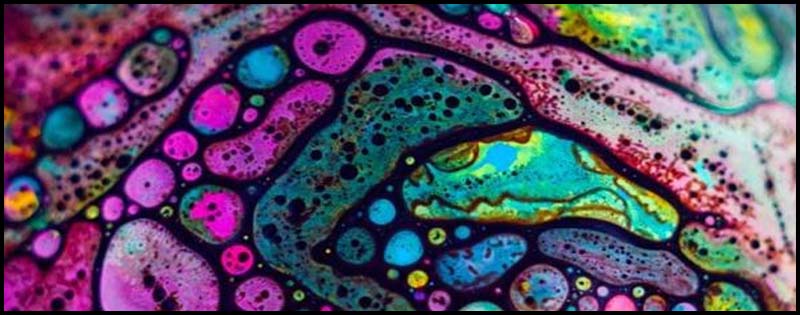
Welcome to Leader in Water- & Wastewater Solution
Welcome to Leader in Water- & Wastewater Solution

Paint is generally considered as a mixture of pigment, binder, solvent and additives. Paint classification can be made on many different bases; one convenient method is to classify paints based on their primary solvent for waste reproduction and disposal. Using this approach, paints can be classified as water based, organic solvent based or powder (dry) and without solvent. The major waste that paint industry must manage is dominantly equipment cleaning wastes, which makes up 80% of the waste generated in paint manufacture.
Paint filtration can be one of the simplest or one of the most complicated liquid-particle separations encountered in the process industries. Paint filtration, or to be more accurate, “coatings” filtration, involves paints, oils, varnishes and lacquers that may be very thin and low-viscosity in nature, to very heavy, thixotropic liquids. The percent solids of a coating may vary from zero percent (when filtering solvents or water) to 100% solids, such as pure linseed oil.
Ultra-filtration (UF) is a separation process using membranes with pore sizes in the range of 0.1 to 0.001 micron. Typically, UF membranes will remove high molecular-weight substances, colloidal materials, and organic and inorganic polymeric molecules. Low molecular-weight organics and ions such as sodium, calcium, magnesium chloride, and sulfate are not removed by UF Membranes. Because only high-molecular weight species are removed, the osmotic pressure differential across the UF Membrane surface is negligible. Low applied pressures are therefore sufficient to achieve high flux rates from an Ultra filtration membrane. Flux of a membrane is defined as the amount of permeate produced per unit area of membrane surface per unit time. Generally flux is expressed as gallons per square foot per day (GFD) or as cubic meters per square meters per day. Ultra filtration UF membranes can have extremely high fluxes but in most practical applications the flux varies between 50 and 200 GFD at an operating pressure of about 50 psig in contrast.